The positive effects of exercise training for patients with heart failure are well documented: exercise improves clinical symptoms and quality of life and reduces the risk of future clinical events. Although activity and exercise are beneficial to patients with heart failure, rationale for not adhering to an exercise plan is less well understood, as are perceptions about the benefits, motivators and barriers of exercising.
Cleveland Clinic is a non-profit academic medical center. Advertising on our site helps support our mission. We do not endorse non-Cleveland Clinic products or services. Policy
Two nurse scientists and two research nurses from Cleveland Clinic recently explored perceptions of physical activity and exercise in patients with chronic heart failure in a qualitative, descriptive single-center study. Results were published in September 2014 in the article “Understanding physical activity and exercise behaviors in patients with heart failure” in Heart & Lung: The Journal of Acute and Critical Care.
Nancy M. Albert, PhD, CCNS, CHFN, CCRN, NE-BC, decided to conduct the study after attending a research presentation at a national conference in which investigators found that less than half of patients enrolled in an exercise group actually carried out activity and exercise instructions as expected.
“I did a literature review and could not find research on factors associated with adherence to activity and exercise,” says Dr. Albert, ACNO, Office of Nursing Research and Innovation at Cleveland Clinic. “Since mortality and hospitalization rates for heart failure remain high – and since even low levels of activity and exercise improve clinical outcomes – I thought it would be important to design a research study to get some answers.”
Dr. Albert teamed with Office of Nursing Research and Innovation team members Jeanne Sorrell, PhD, RN, FAAN, a nurse scientist with expertise in qualitative research, and two research nurses: Jennifer Forney, MSN, RN and Ellen Slifcak, BA, RN, who assisted in interviewing patients and analyzing data. They interviewed 48 patients with heart failure and asked them questions about the value, benefits and barriers of exercise, plus what their physicians told them about exercise and why they did or did not exercise. Several themes emerged.
“The most important was that patients did not receive precise directions from doctors about not only what to do, but also how to exercise,” says Dr. Albert.
In light of these findings, Dr. Albert offers the following recommendations to patients with heart failure and their healthcare team and caregivers:
As cited in the journal article, rationale for participating in activity and exercise in patients with heart failure is multi-dimensional. It’s often compounded by misperceptions or lack of information about the benefits of exercise. Dr. Albert and her peers concluded that healthcare providers must be more explicit in educating patients, and patients must have the opportunity to build confidence in their capabilities so they achieve the benefits of exercise.
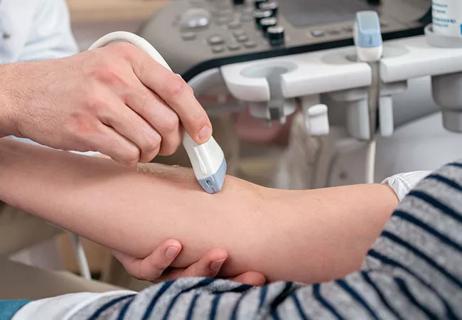
Study shows ultrasound can be valuable tool for improving patient satisfaction by reducing failed IV insertions
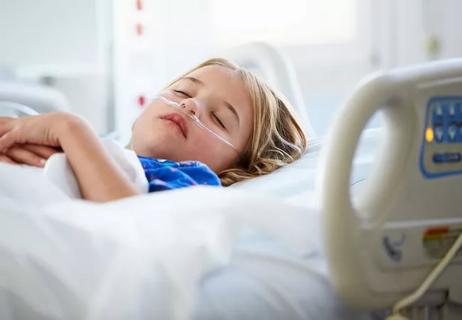
New system uses vital signs to predict need for further intervention
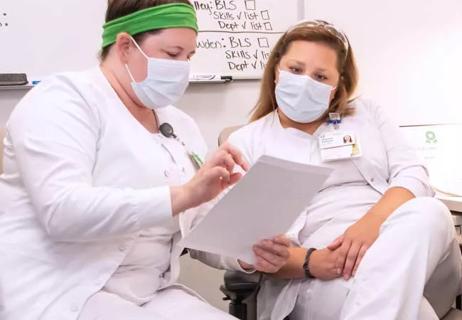
Findings reveal personal and professional factors that influence nurses’ interest in medical research

Nurse scientists bridge divide between bench and bedside

Individual and population factors play a role

Study looks at cardiopulmonary arrest and activation rates
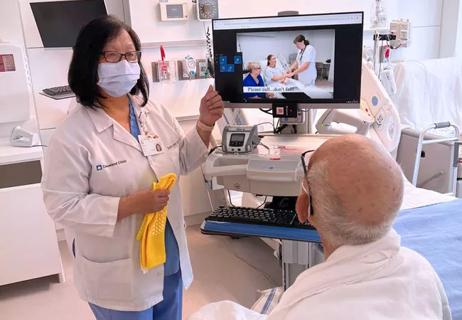
Video education and nurse-led reinforcement help with fall risk awareness
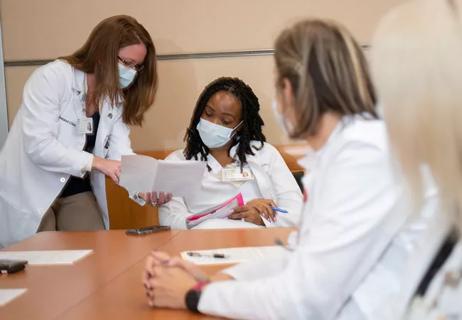
Further research into collaborations may help strengthen nursing science